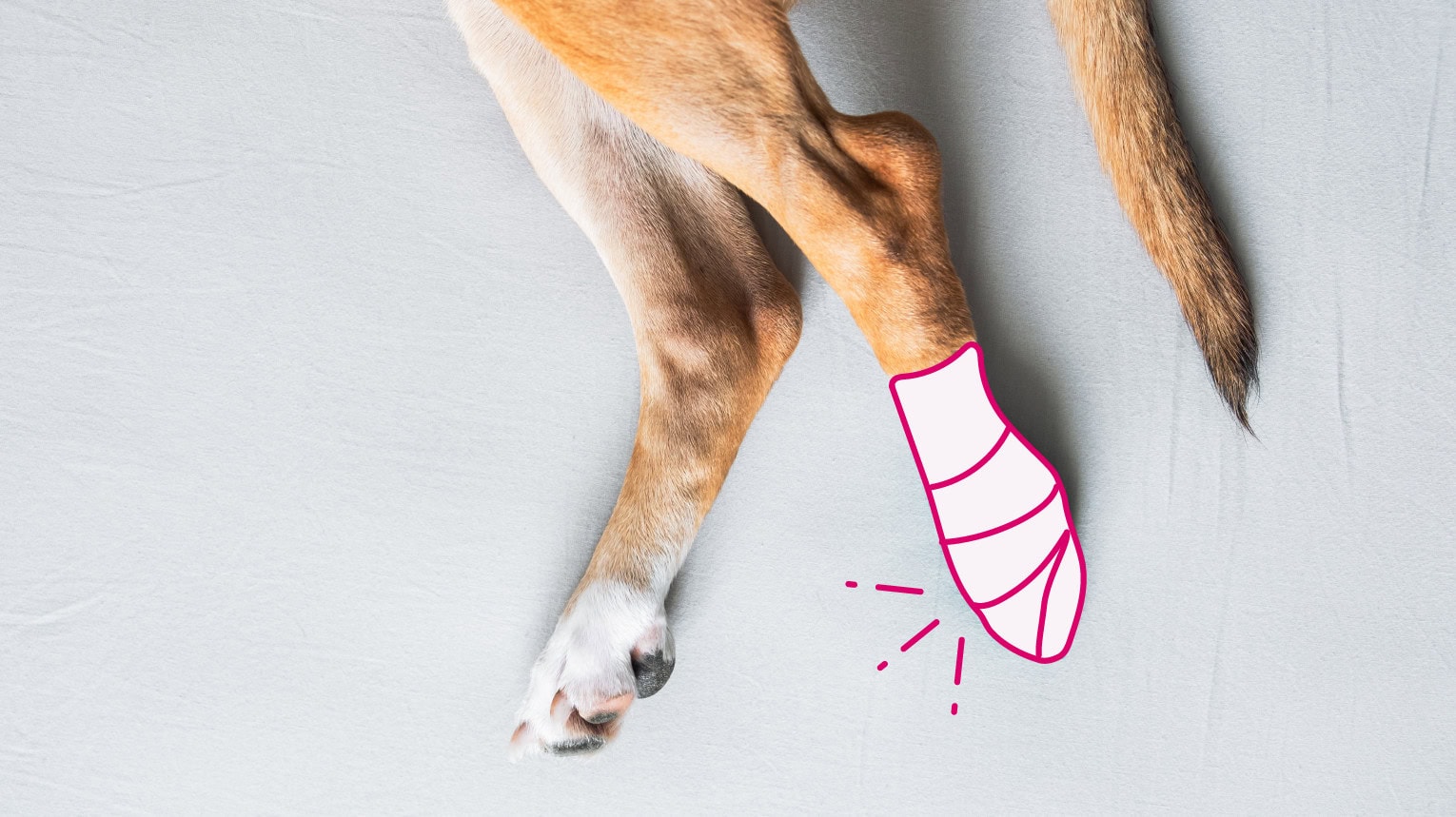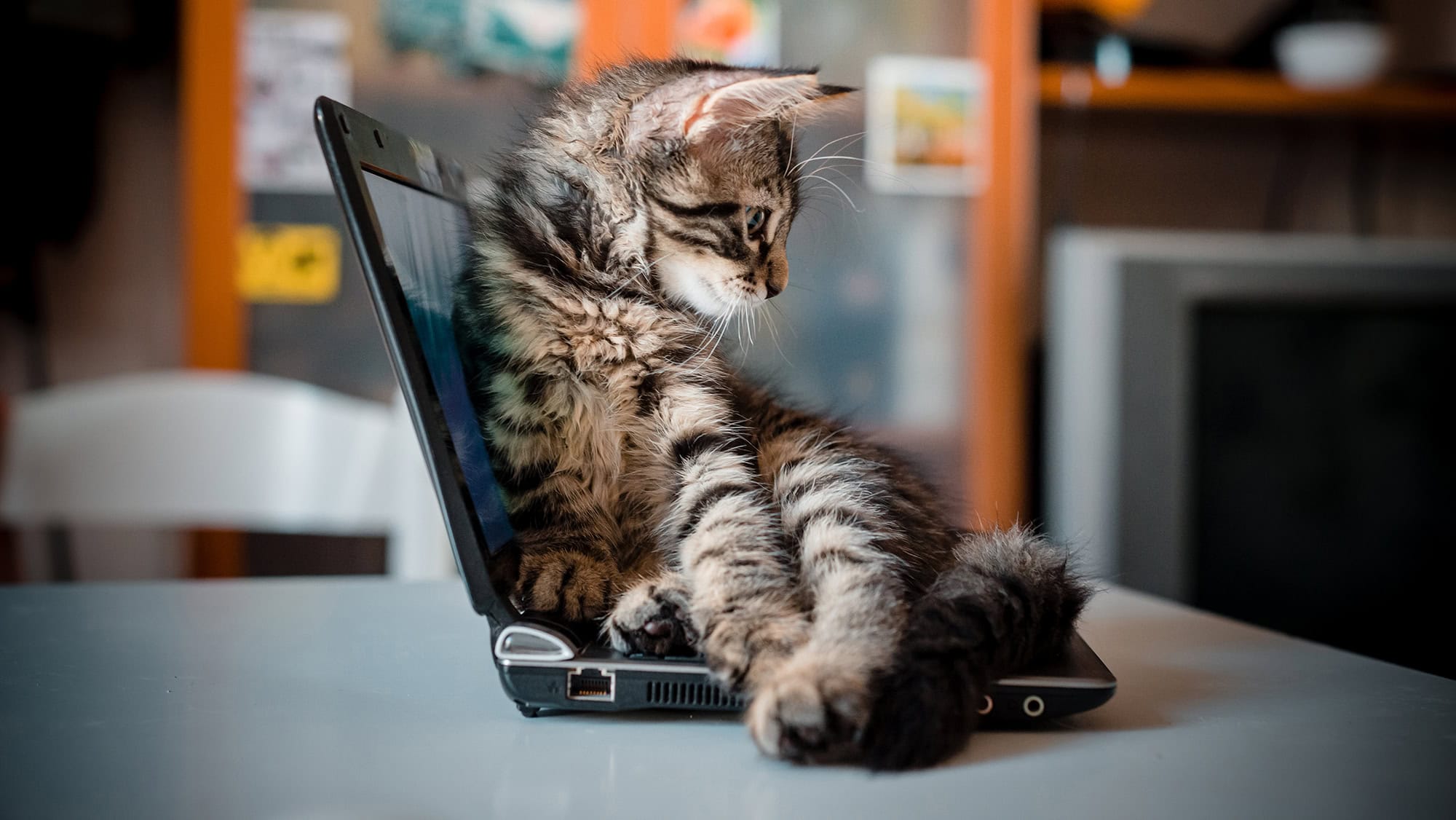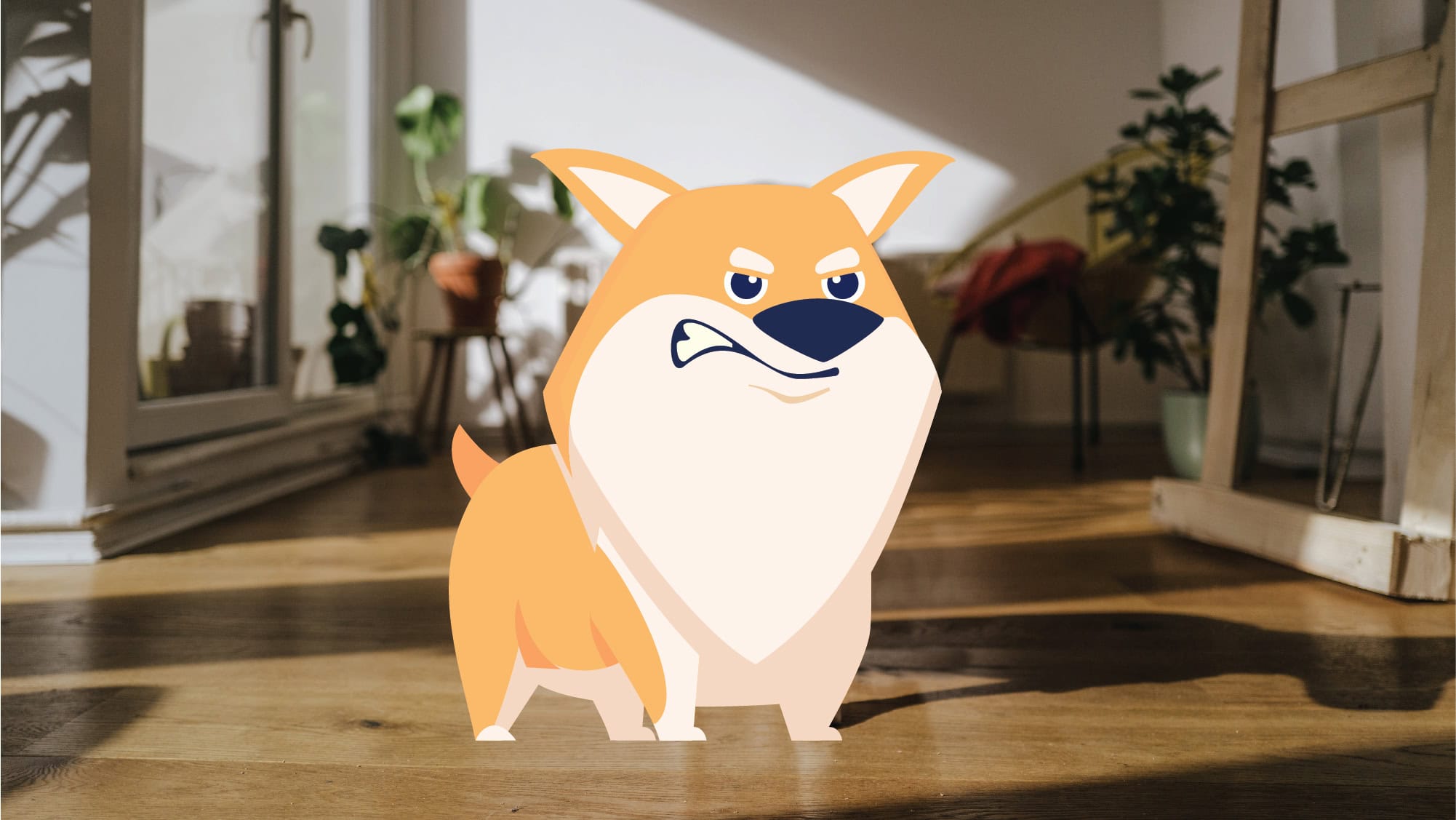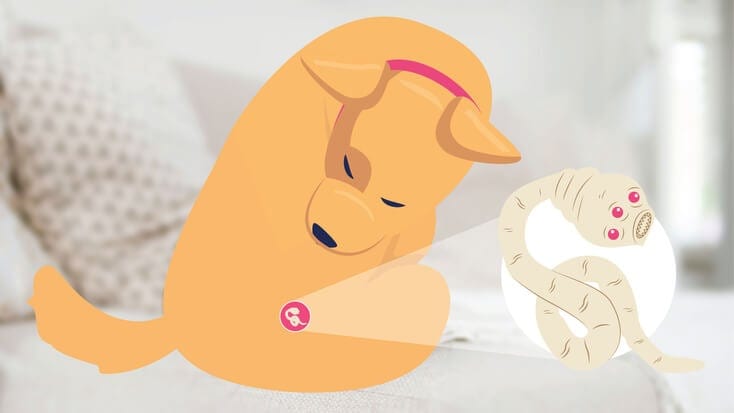The truth is, no matter how hard you try to keep your furry friend safe, accidents happen. As a pet parent, it’s your responsibility to take action when your dog is hurt. This prevents further damage, calms your dog, and speeds up their recovery, getting them up and running again.
So, when troubles hit, and your pup is down and wounded, it’s best to know what to do and how to do wound care for a dog.
Let’s look at various types of dog wounds and how to care for them.
Types of Dog Wounds
The first thing to know in wound care for a dog is to identify the type of wound your pet has. A wound is any damage to the body’s tissues caused by a cut or blow. Wounds fall into two categories – open and closed.
- Open wound on a dog: Occurs when there is a break in the skin, exposing internal tissues. These wounds often bleed. An example is a cut.
- Closed wound: Does not expose internal tissues, but sometimes internal bleeding occurs. Some examples of closed wounds are bruises and fractures that don’t break the skin.
The most common dog wounds are as follows:
Minor cuts
Also known as lacerations or abrasions, minor cuts involve small skin breakages caused by sharp or blunt objects, such as rocks or jagged branches. These often happen when dogs play or run around. Most minor abrasions can be treated at home.
Deep cuts
This type of laceration is more severe. Caused by objects with sharp edges or irregular jagged edges, deep cuts may affect skin, ligaments, tendons, nerves, and muscles. They usually need suturing (stitches).
Bite wounds
Bite wounds in dogs are usually caused by fighting with other dogs, but cats or wildlife can also bite. Puncture wounds from teeth tend to damage tissues below the skin’s surface and are prone to infection.
Keep reading: What cat diseases are contagious to dogs
Hot spots
Canine hot spots (acute moist dermatitis) are inflamed, moist skin lesions that can be found anywhere on a dog’s body. These sores are painful, itchy, and often smell bad due to infection.
Hot spots are dog wounds from scratching and biting vigorously at itchy skin (such as when they have fleas).
Burns
These are wounds caused by accidental exposure to intense heat, such as a stove or campfire. Examples are thermal (heat) burns, radiation burns, and chemical burns.
Surgical wounds
Sometimes, an open wound can develop on a dog following surgery by a veterinarian. When the veterinarian performs necessary surgery on your pet, such as the removal of a tumor, rare complications following surgery can occur leading to an open wound, especially if the dog is allowed to lick or scratch at the surgical site.
In many cases, it leads to infection.
Immediate Response to a Dog Injury
When your dog gets into an unexpected accident, open wounds require basic first aid:
- Apply pressure. Use a clean cloth and your hand to apply pressure until the bleeding stops.
- Clean the wound. Wash off any excess blood and debris with lukewarm water and a pet-safe antiseptic solution.
- Cover the wound. Gently wrap the wound with clean gauze, antimicrobial ointment, and a bandage to prevent bacteria from entering. This is important, do not make the bandage too tight, as this can cause swelling.
- Assess the wound. Watch for further bleeding. When in doubt or if you think the wound needs stitches, take the dog to the veterinarian immediately. If the wound continues to bleed or becomes infected, let your veterinarian check it.
Essential Supplies for Dog Wound Care
It’s important to have everything you need ready to treat injuries that may occur. When putting together a first aid kit, ensure you have these essential supplies:
- Rubbing alcohol
- Clean gauze
- Non adherent sterile pads or gauze
- Self-adhesive elastic bandage or Vetwrap
- Electric clippers
- Antimicrobial ointment
- Pet-safe antiseptic solutions
- Disposable gloves
- Tweezers
- Cotton balls
How to Treat Dog Wounds at Home
Now, let’s move on to how to treat dog wounds once you have completed the initial first aid described above.
1. Clean your dog’s wound regularly
Wound care for a dog requires cleaning dog wounds and re-dressing them daily. Use pet-safe antiseptic solutions to clean infected wounds. Otherwise, use clean water or saline solution.
2. Cover the wound with a dressing
A dirty wound will heal slowly and become infected, so covering the wound after cleaning makes sense.
Be aware that most sticky dressings are designed for human skin and don’t stick well to dogs. Ask a veterinarian to show you how to safely apply a bandage to your dog’s wound to keep it clean.
3. Get vet care if needed
Schedule veterinarian check-ups to ensure the wound is healing properly. They may prescribe antibiotics or other medication if necessary.
4. Follow the veterinarians instructions carefully
For adequate wound care for a dog, make sure to give your pet the medication prescribed by the veterinarian in the correct doses at the right times.
5. Monitor the wound and your dog’s overall condition
Assess your dog’s wound daily and look for any odd signs like fever, shivering, loss of appetite, oozing from the wound, or signs of pain.
When to Seek Professional Veterinary Care
Don’t hesitate to take your dog to an emergency veterinarian for a wound that seems moderate to severe. If your pet has any of the following, go to the veterinarian immediately:
- Deep wounds
- Bite wounds
- Wounds with foreign objects lodged
- Excessive bleeding
- Infected wounds
- Slow wound healing
Untreated or improperly treated wounds increase the risk of your dog getting sicker from excessive blood loss, damage to internal organs, or infections.
Medications and Topical Treatments for Dog Wounds
For medication and topical treatments, be sure to use only those approved for animal use. Here are a few examples of medications often prescribed by a veterinarian to treat a dog cut or other open wound:
- Nonsteroidal anti-inflammatory drugs (NSAIDs) for pain relief. Potential side effects are gastrointestinal upset, soft stools, and lack of appetite.
- Antibiotic ointments may be prescribed to prevent infection. Potential side effects are upset stomach, vomiting, diarrhea, and loss of appetite if the ointment is ingested.
- Oral antibiotic tablets help treat bacterial infections. Potential side effects are stomach upset such as diarrhea, and nausea.
Veterinary Procedures for Dog Wounds
After an accident, the standard veterinarian procedure is to:
- First stabilize the pet
- Then, wound care for a dog is performed
- If the dog has open wounds, pressure is applied to stop bleeding
- Next is cleaning away dirt and debris
Depending on the severity of the wound, it may be surgically closed or left open but covered with a wound dressing. The veterinarian will recommend antiseptic solutions for cleaning your dog’s wound and prescribe medication if needed.
Home aftercare is important, so give your dog all medications as instructed and monitor carefully. Make sure your dog doesn’t bite, lick, or scratch their wound.
Preventing Wounds in Dogs
While a pet first aid kit for dog wound care is essential, it’s also important to keep your dogs safe.
- Assist your dogs when jumping from high platforms or vehicles
- Avoid slippery floors by applying textured sprays, carpets, or non-slip mats.
- Eliminate potential home hazards such as sharp corners or broken glass.
- Keep dogs safe in an enclosed yard and on a leash when out.
Conclusion
If your dog has an accident, a first aid kit and knowing how to use it can save you stress — and even your dog’s life. Giving the proper first-aid treatment and the right wound care for your dog will ensure their wounds heal quickly.
Contact a veterinarian immediately if the wound is moderate to severe or gets worse. Remember, with a veterinarian on board, care for dog wounds is taken a notch higher. And remember, regular vet checkups ensure your dog stays healthy and can heal quickly in the event of an injury.





